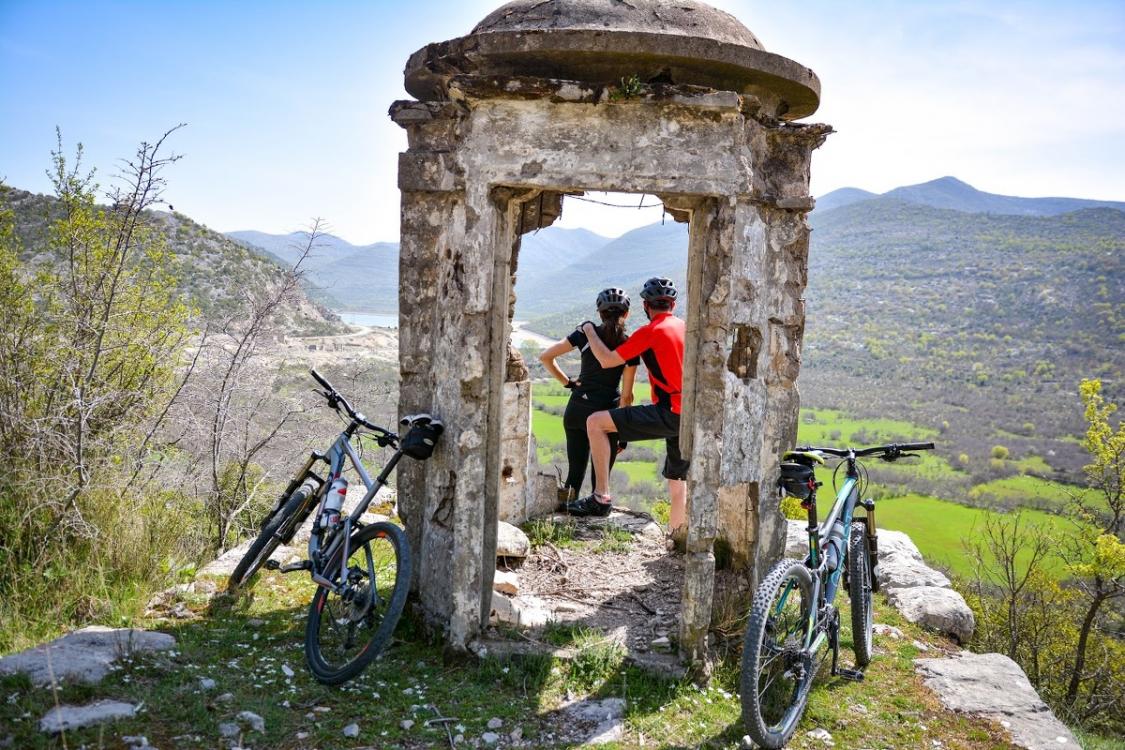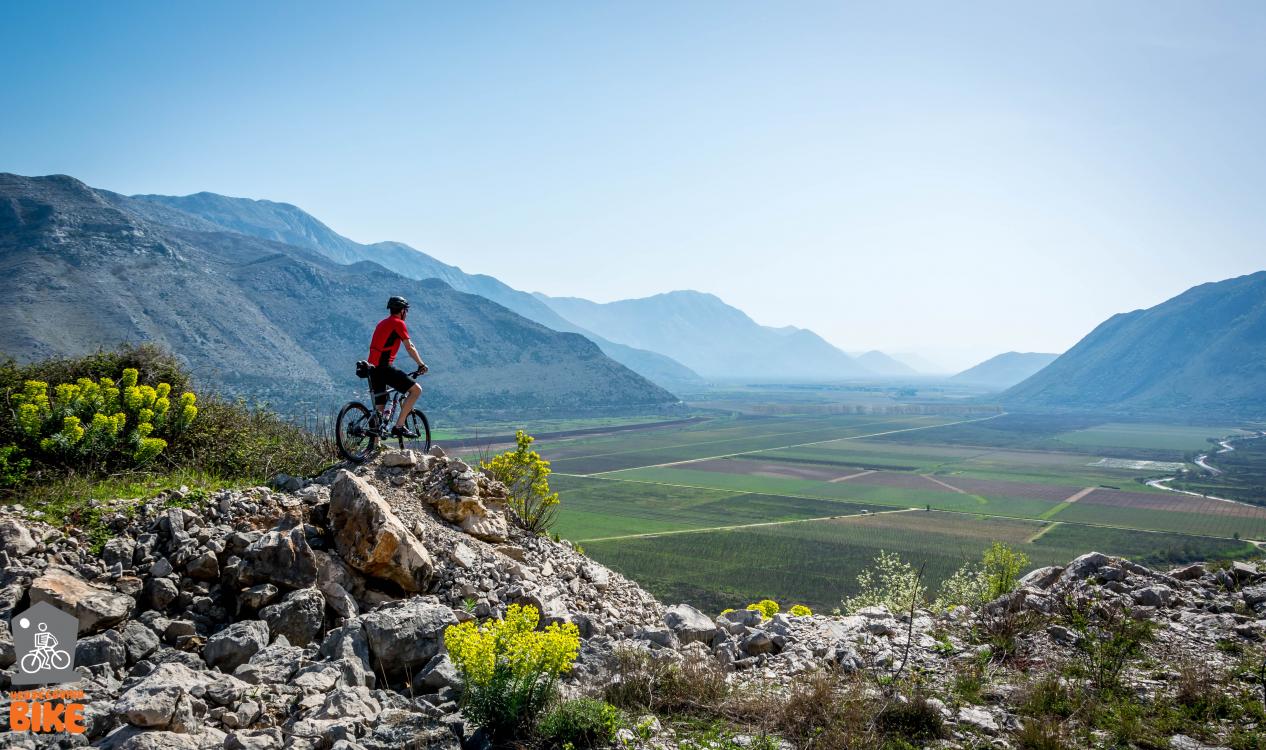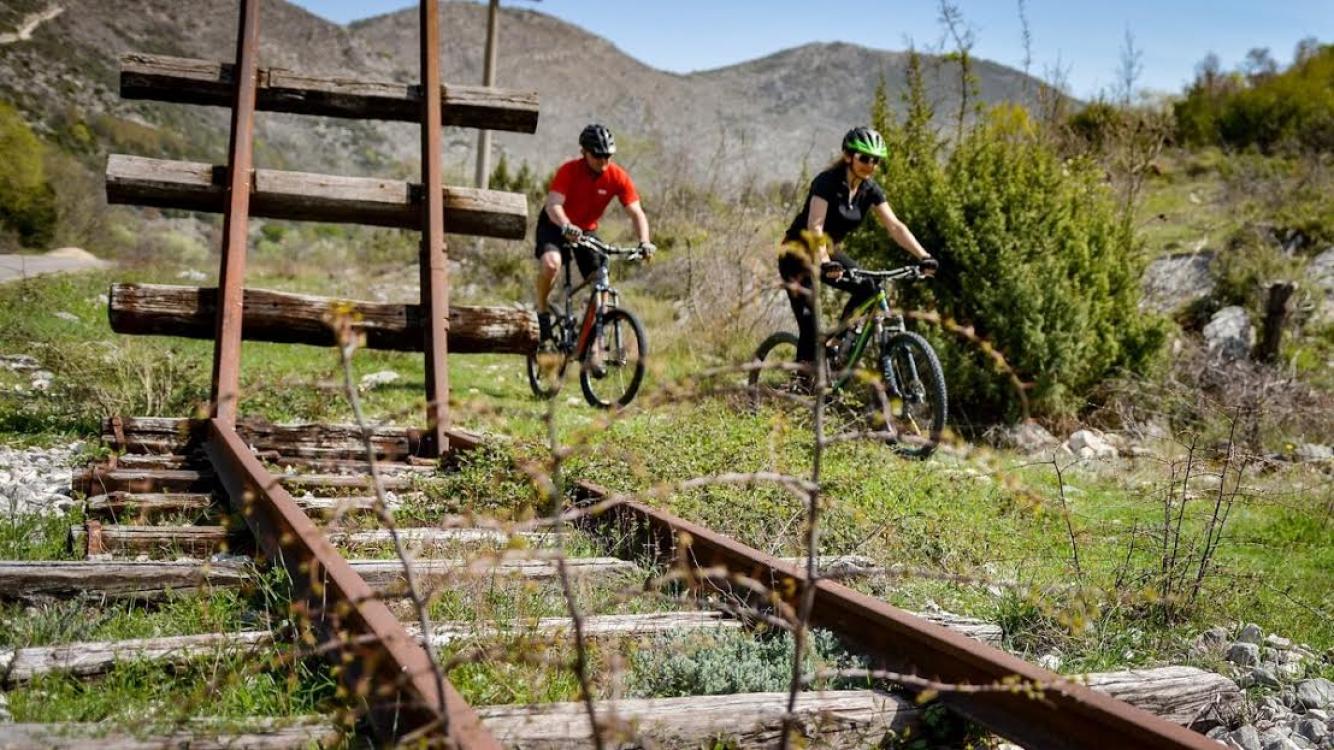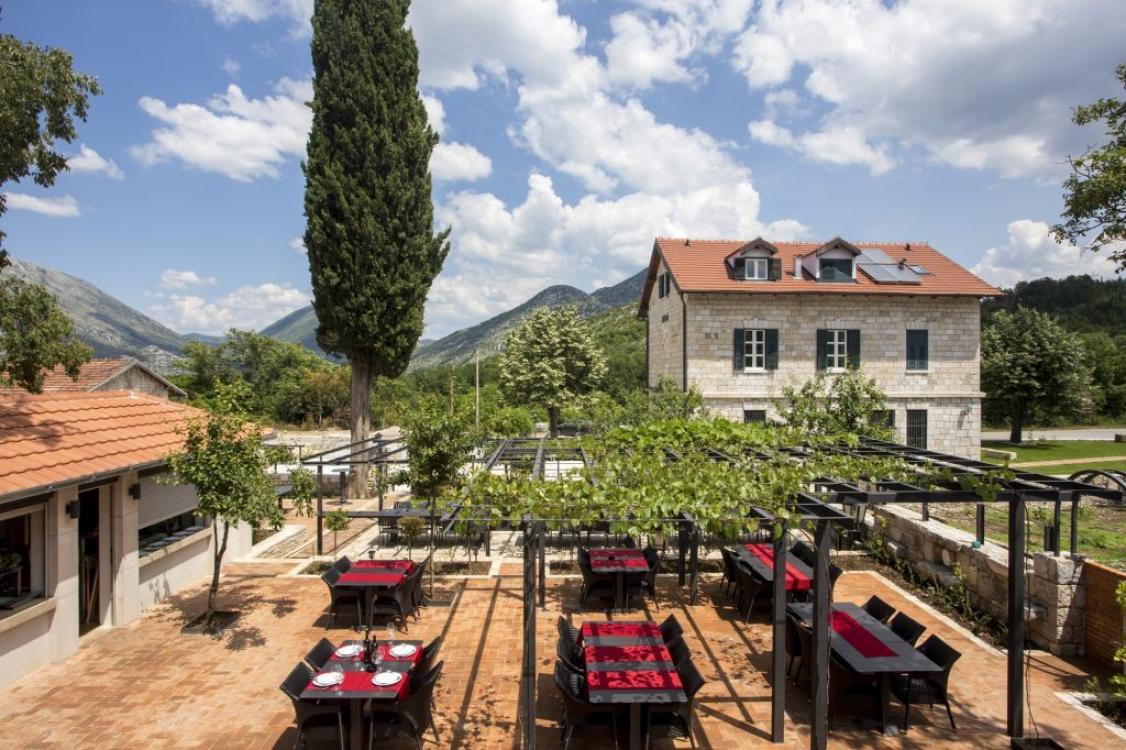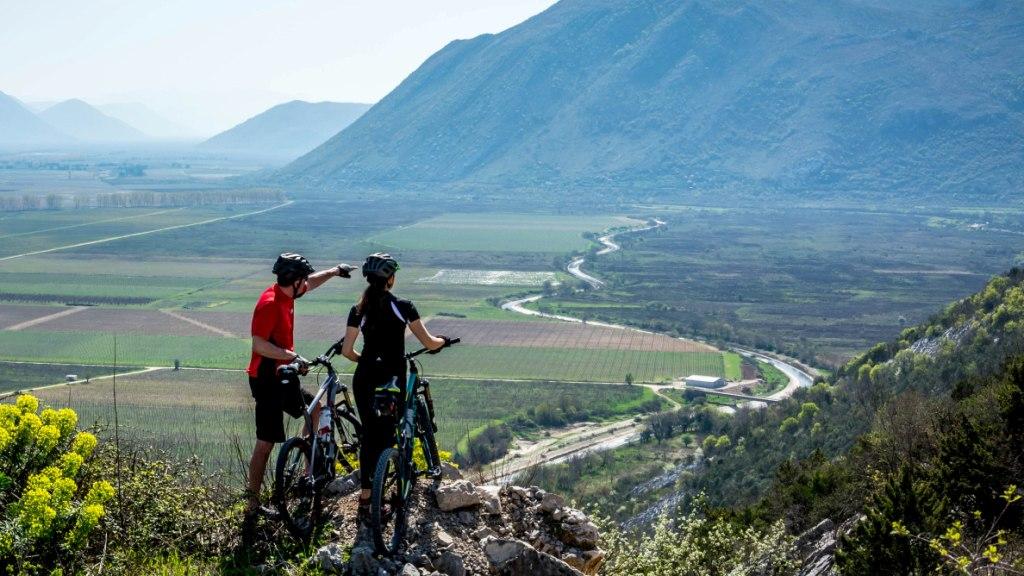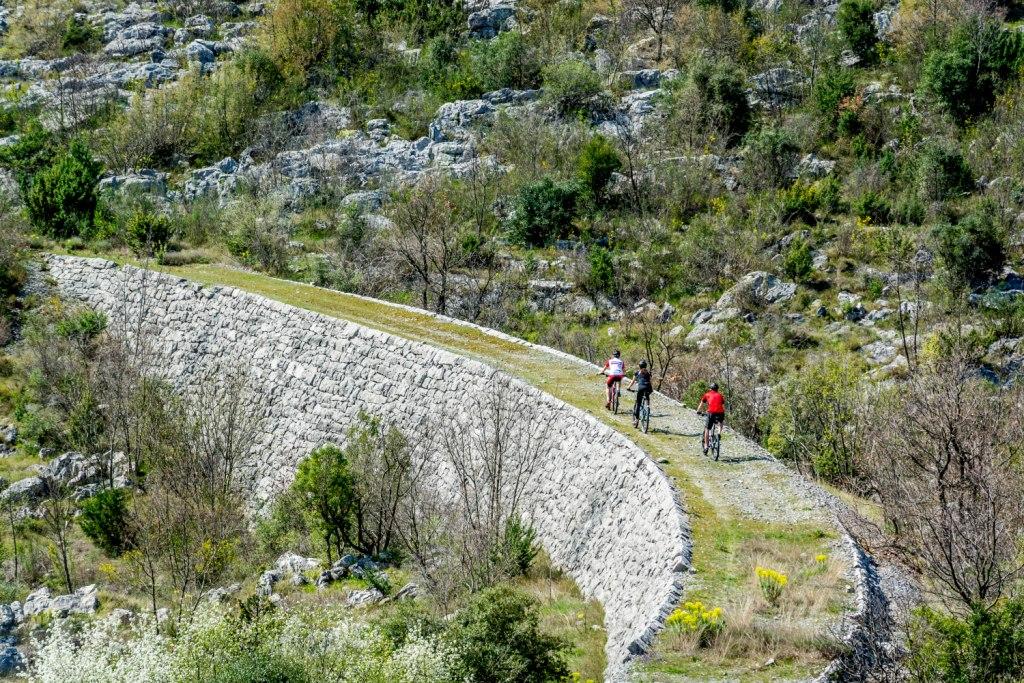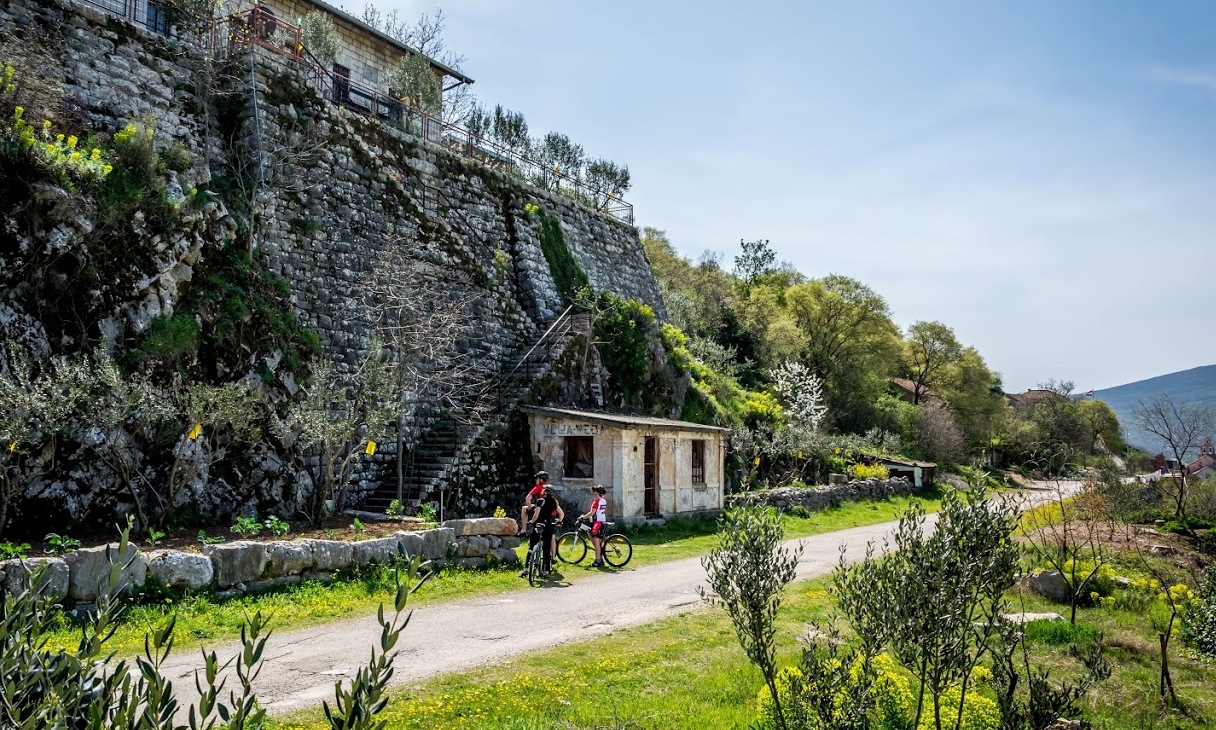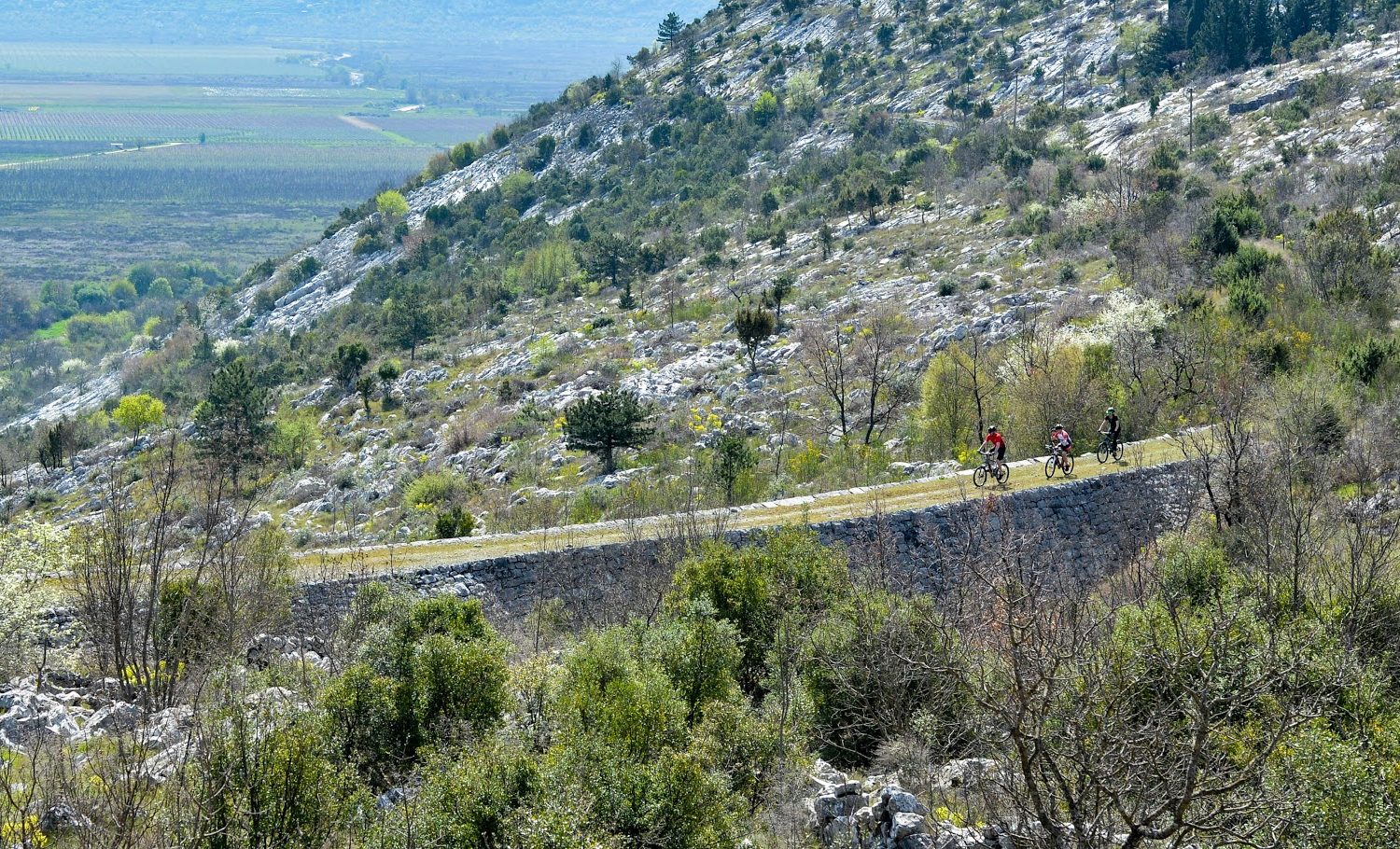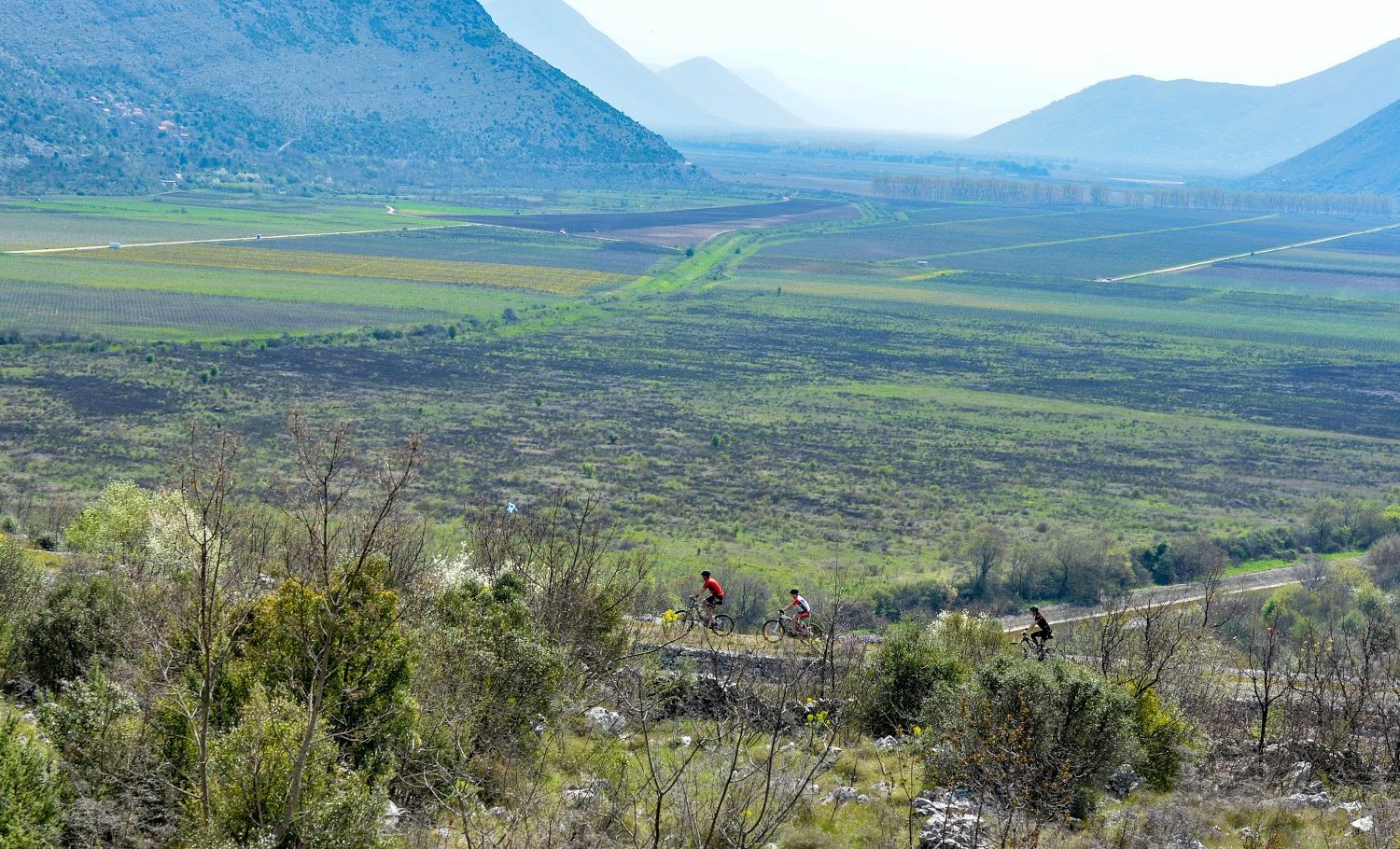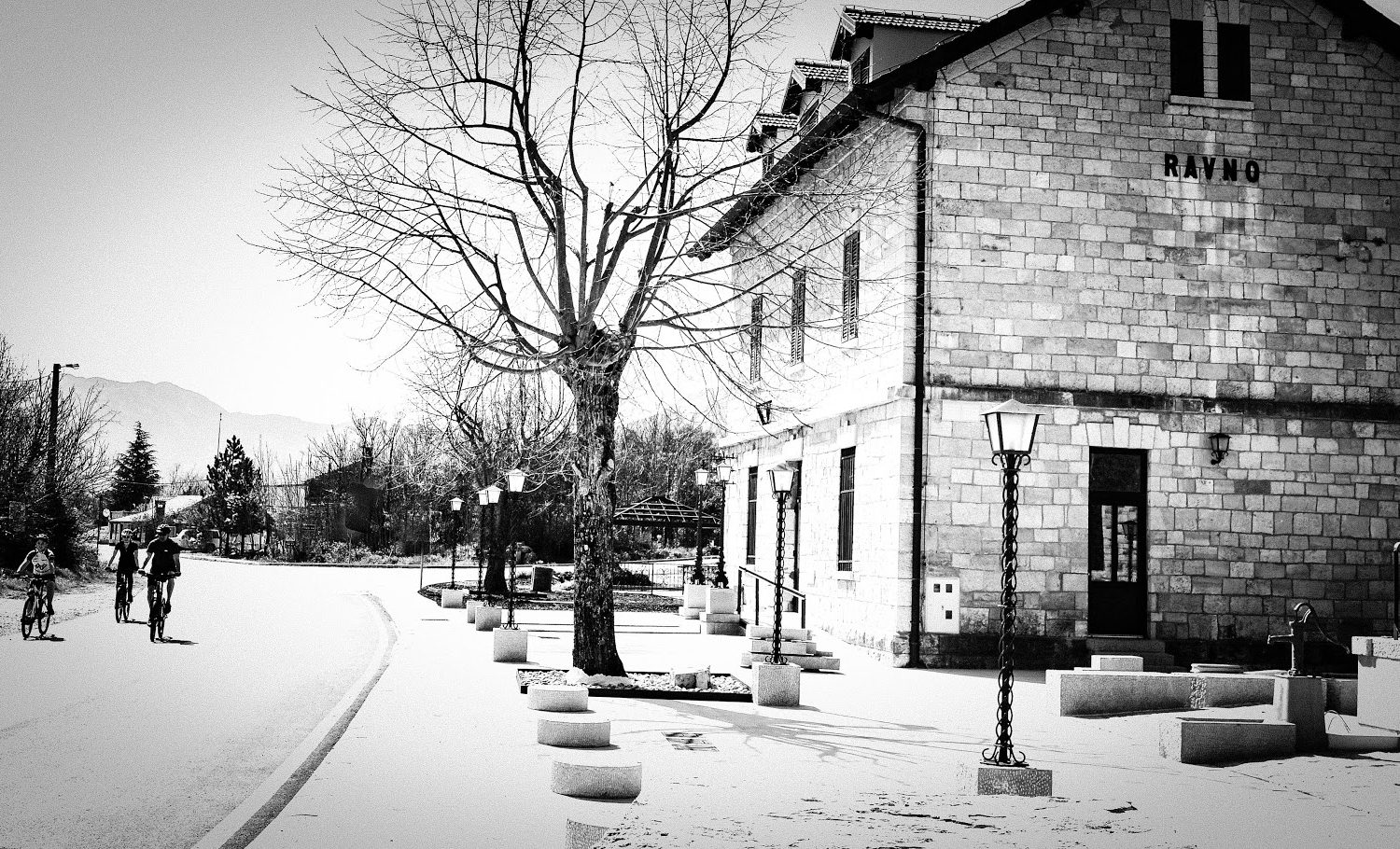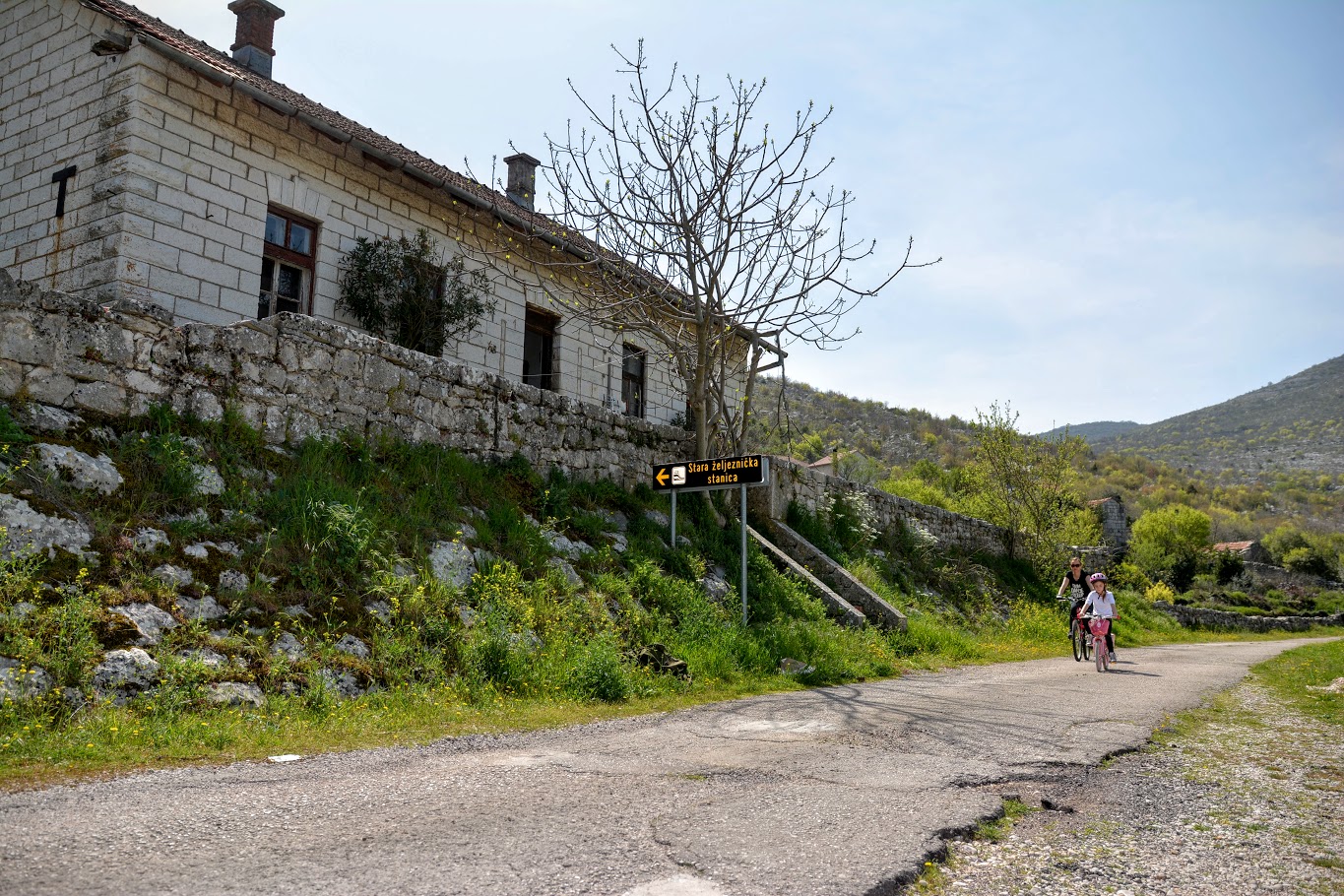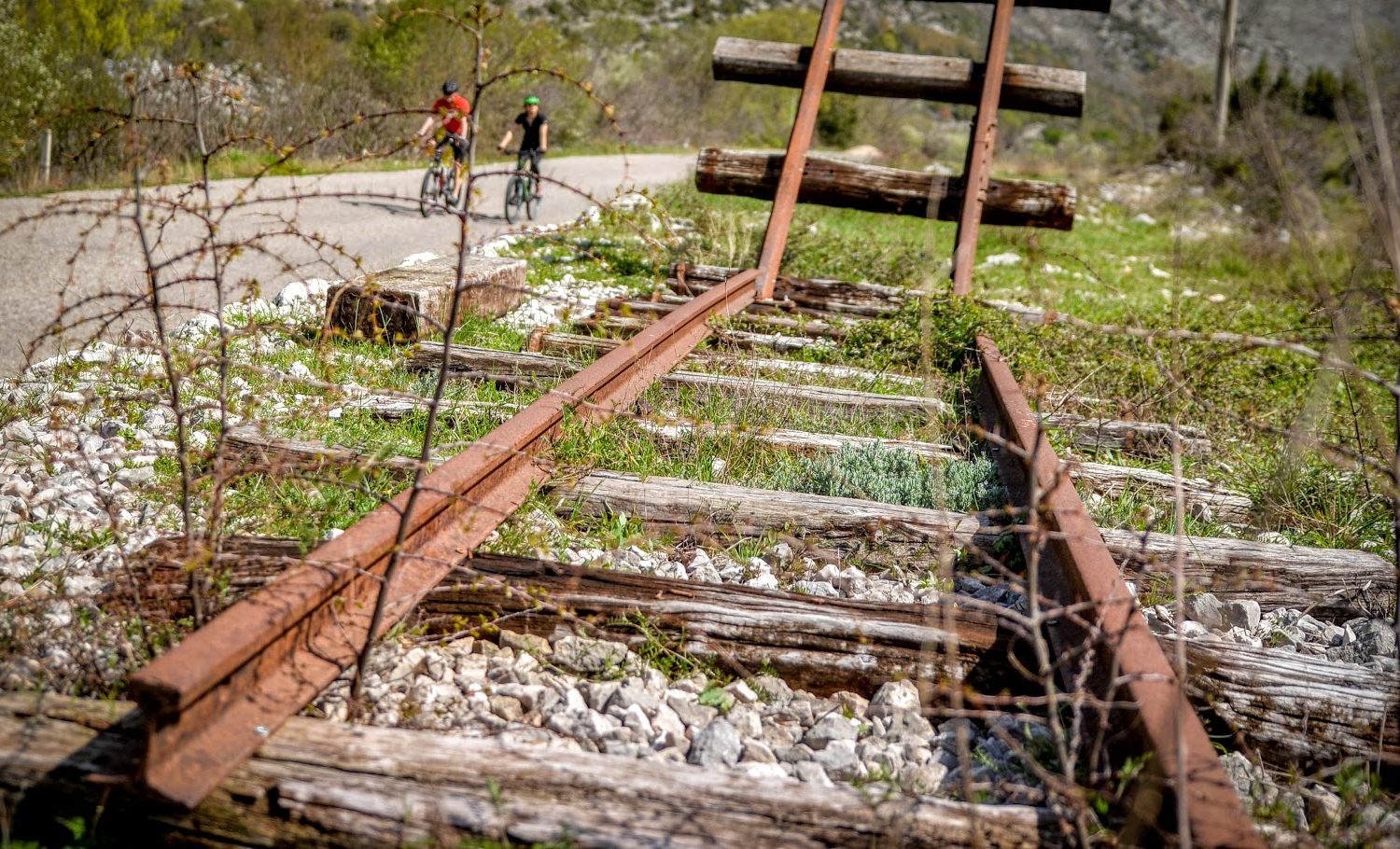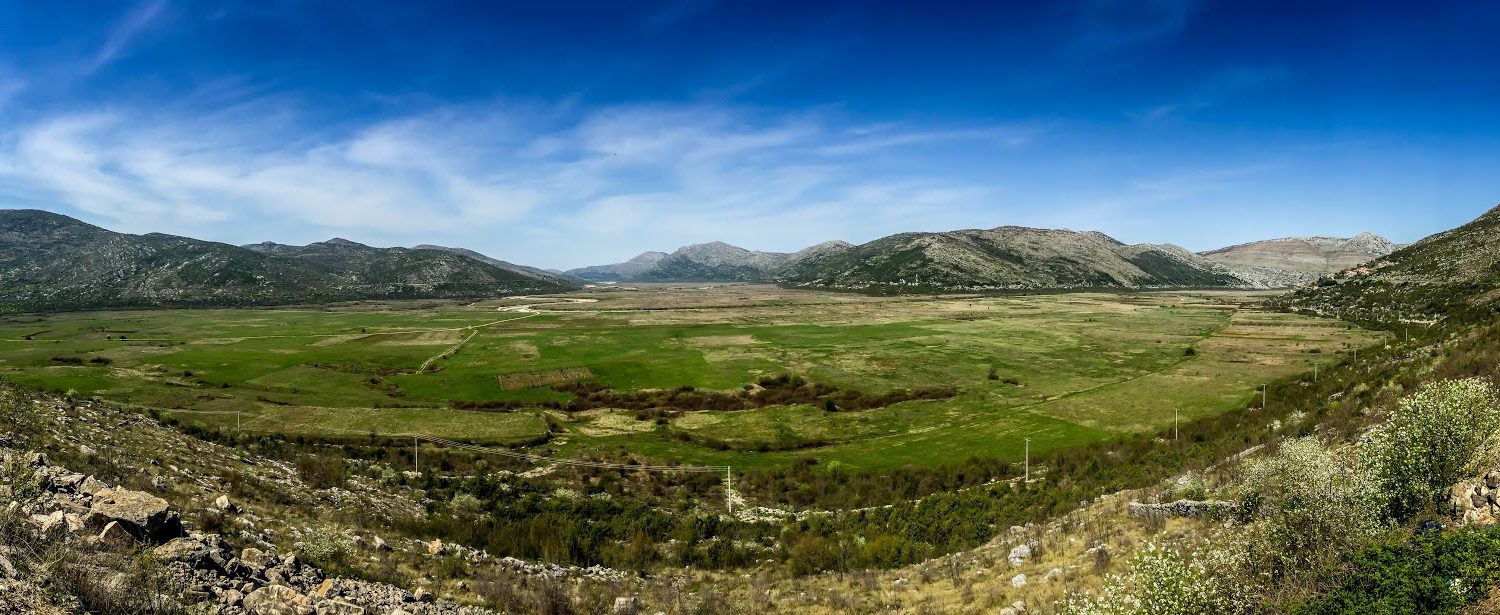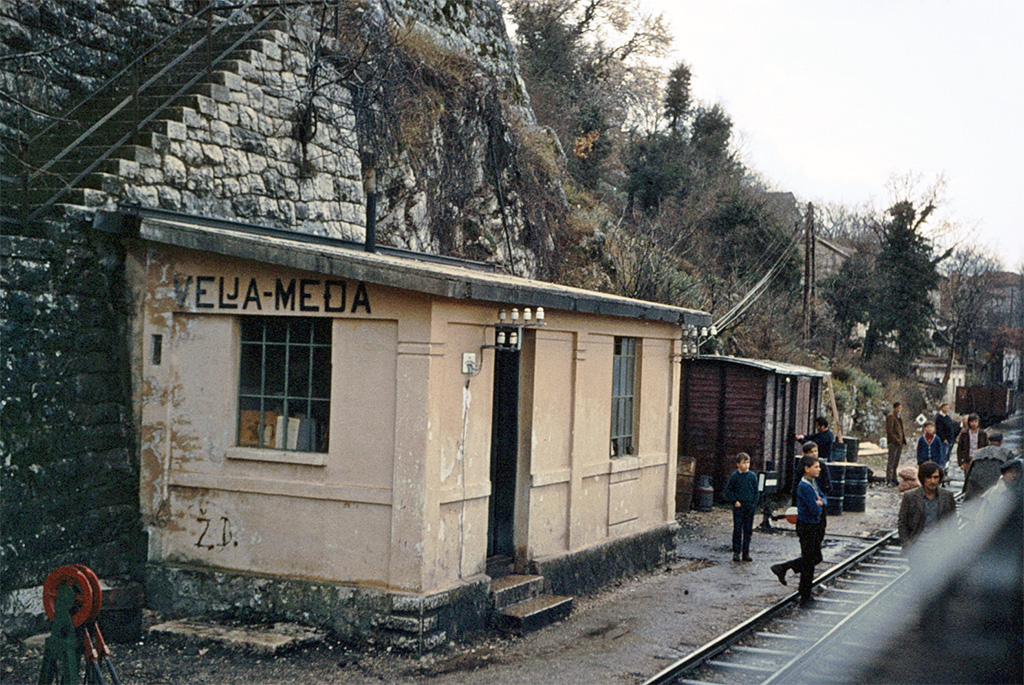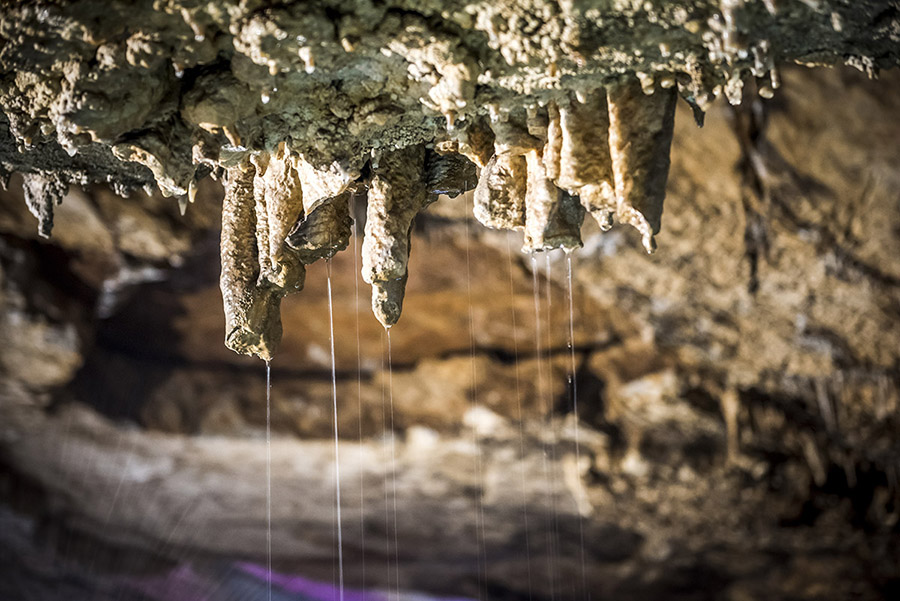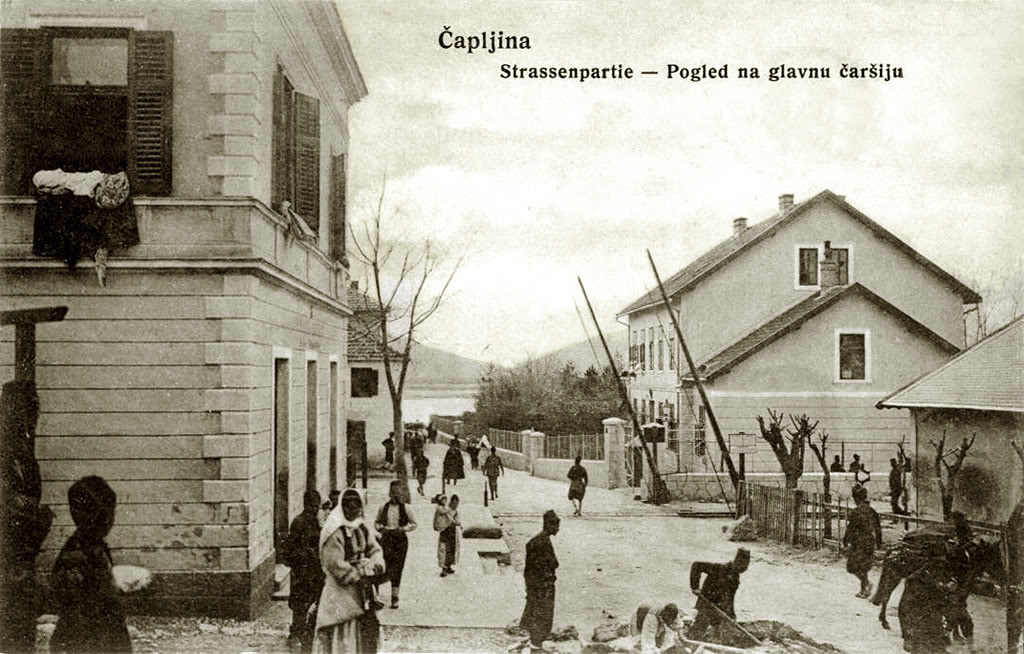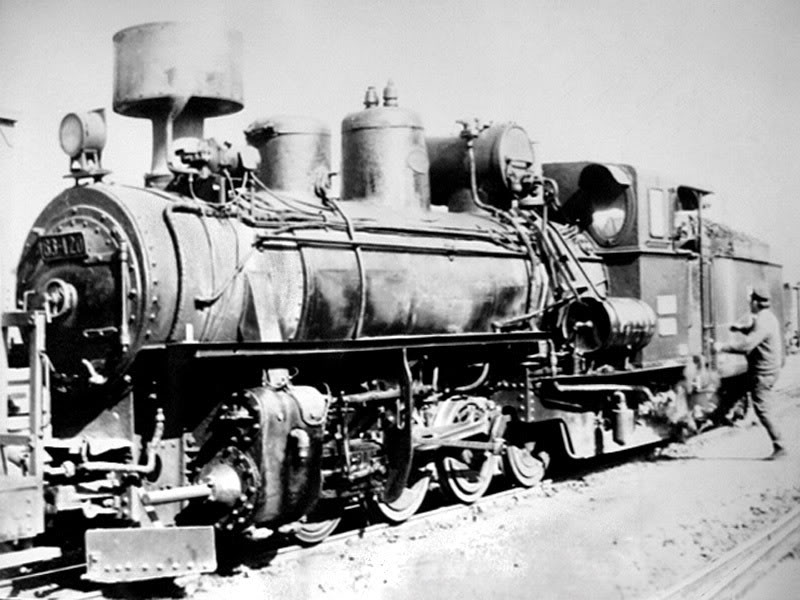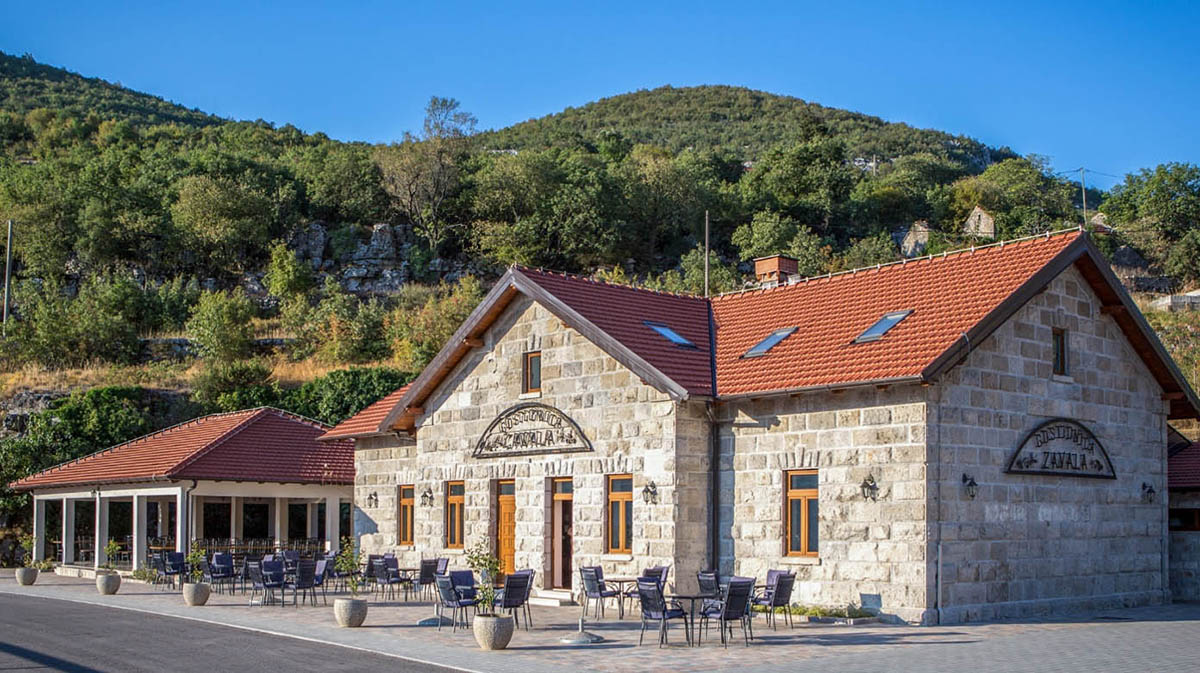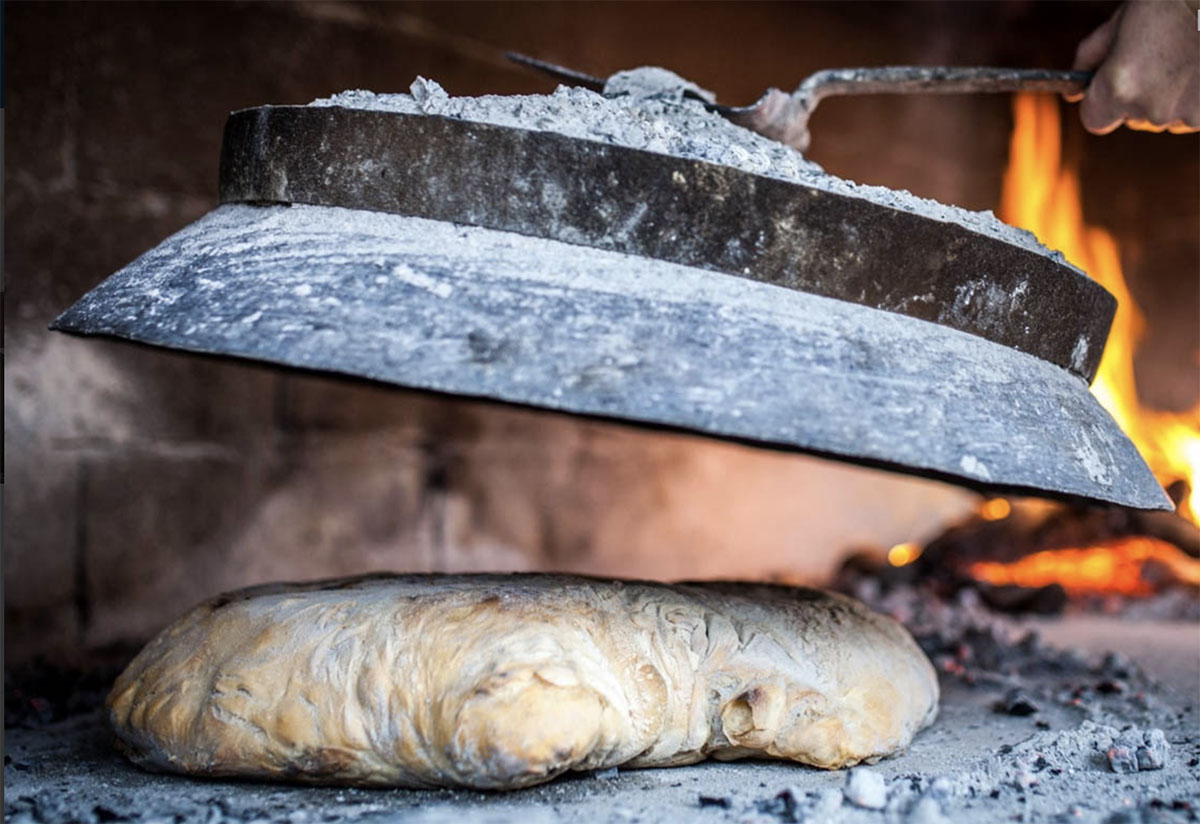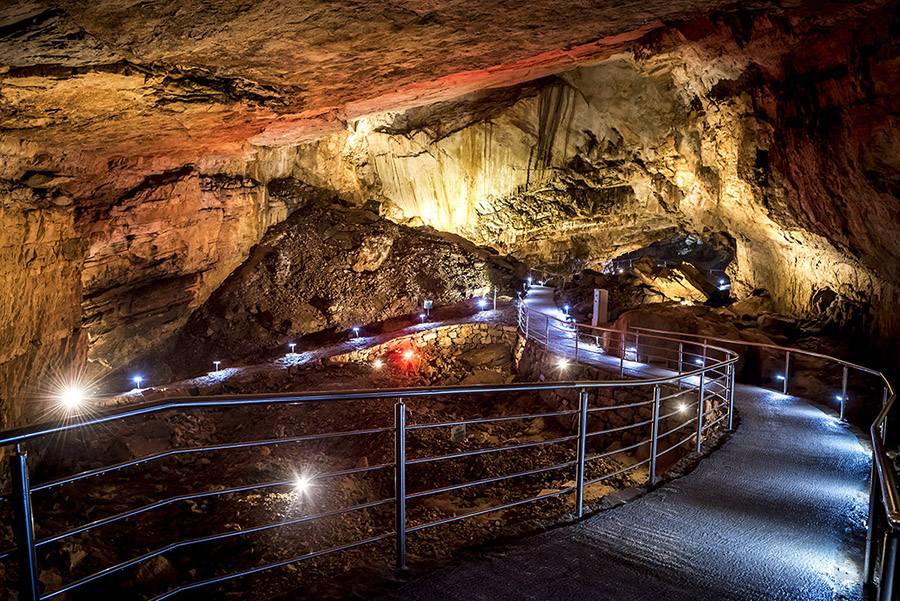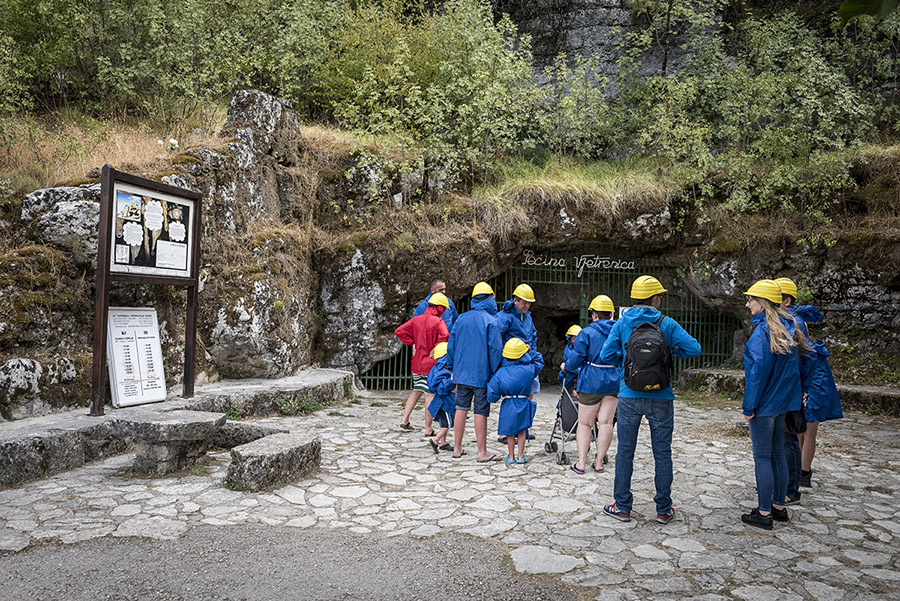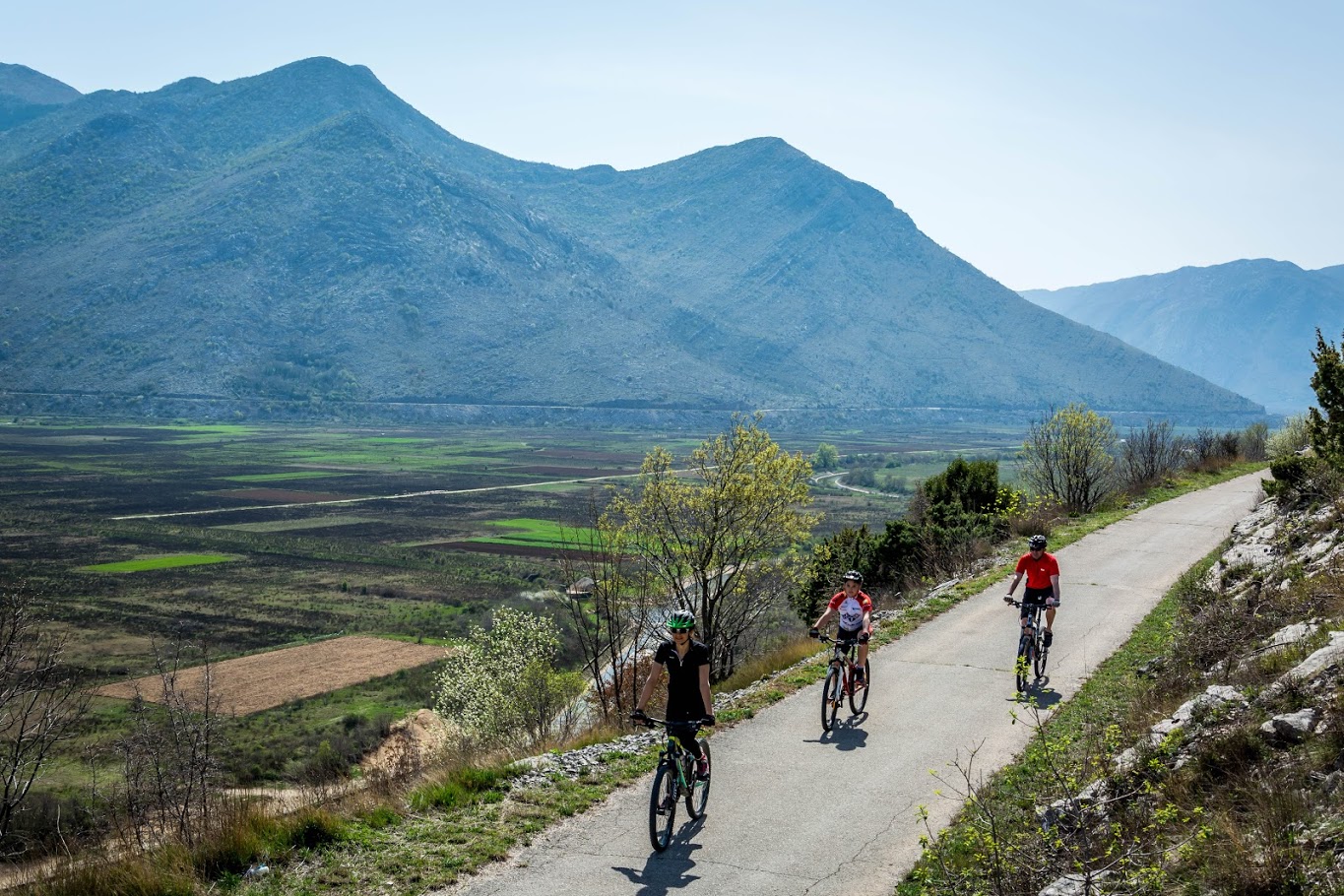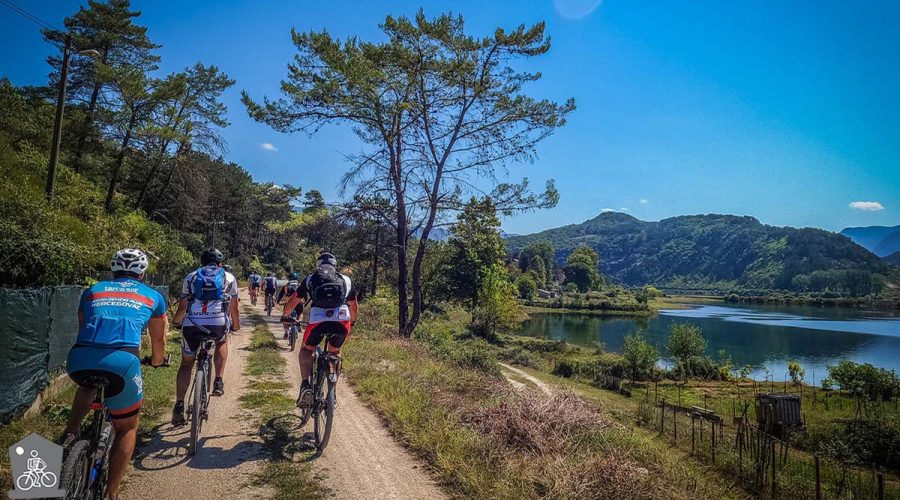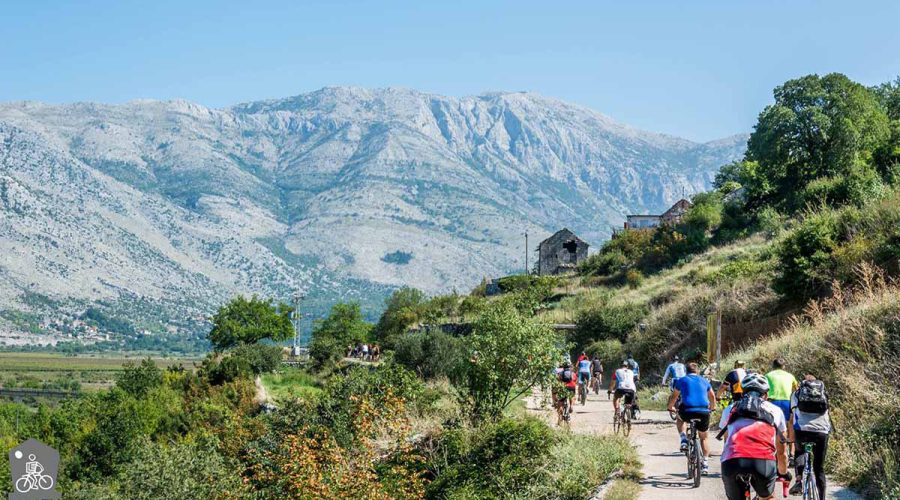INFORMATION ABOUT CIRO
The historic narrow-gauge railway with a steam locomotive runs from Mostar along the Neretva River, through Čapljina, Popovo polje, Ravno, and near Ivanica, crossing the border with Croatia all the way to Dubrovnik. Construction of the railway began in 1898 and ended in 1901. During its existence, Ćiro connected places in Herzegovina and brought them life, and today the railway has been reconstructed into a bicycle path.
The Austro-Hungarian monarchy, which ruled the territory of Bosnia and Herzegovina at the end of the 19th and the beginning of the 20th century, built a network of narrow-gauge railways (track width 0.76 m). The railways were built primarily as strategic military facilities and they connected the southern Adriatic ports with cities in the hinterland and with Central Europe. The railways in Herzegovina were built as part of the Southern Railway, and the first section of that railway from Metković to Mostar, with a length of 42.4 km , was put into circulation on June 13, 1885. year, while the line from Gabela to Zelenika in Boka Kotorska (Montenegro) is 155.5 km long, with branches from Hum to Trebinje (16.7 km) and Uskoplje to Gruž in Dubrovnik in the Republic of Croatia (16.5 km). , put into operation in 1901. The narrow-gauge railway served people, connecting countries, regions, peoples and cultures. For the peoples from these areas, they were lifelines, they enabled them to have a better life and all kinds of progress, and they left a trace of civilization in the places through which Ćiro drove, roared, beat, whistled and let off steam for decades. he called the trains pulled by a steam locomotive gemišteri (mixed trains), šnelczug (fast trains) and personal (passenger trains). The nickname Ćiro was imposed before the very abolition of the narrow-gauge railways, but it remains recognizable among the people even today.


The narrow-gauge railway or narrow-gauge railway Gabel - Zelenika was discontinued in 1976. During its existence, the narrow-gauge railway changed five state regulations.










